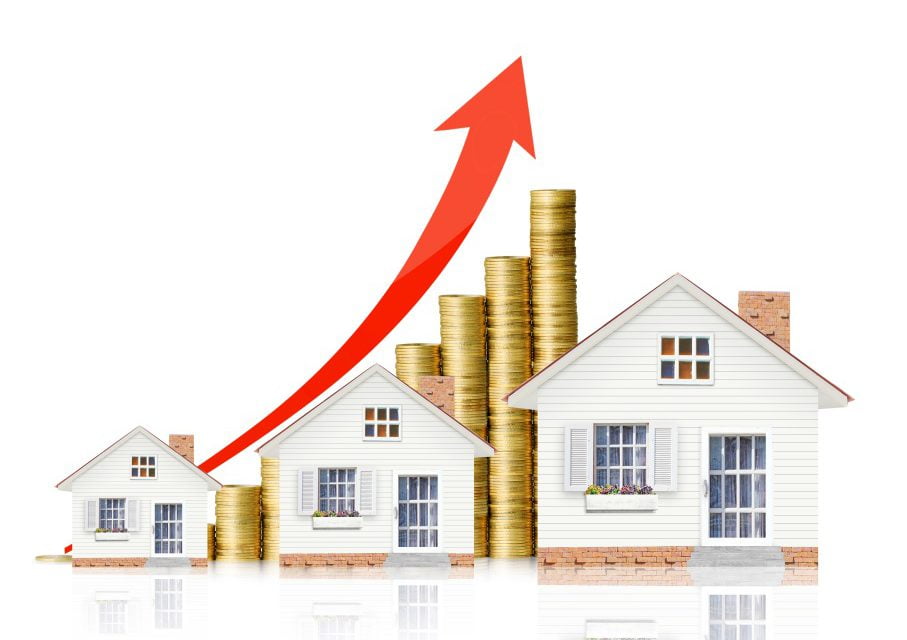The average price-to-rent ratio in California continues to rise in 2018, meaning costs are rising more quickly for homebuyers than renters.
The price-to-rent ratio is 18.15 as of September 2018, up from 17.28 a year earlier. Recently, this ratio was at its lowest at the tail-end of 2011 when it hovered around 13.0. Since then, home prices and rents have both increased, but home prices have increased at a quicker pace.
Even as the price-to-rent ratio continues to rise, first tuesday is forecasting a reversal to this trend soon. As home prices run away from rents and interest rates continue to rise, significantly reducing buyer purchasing power, homebuyers will become discouraged, causing prices to fall back. Here in California, we are already seeing this happen in the reduced home sales volume and leveling of prices in the mid- and high-price tiers.
Expect the price-to-rent ratio to reverse directions consistently in 2019, falling in tandem with home prices. This action will continue into 2020, when the housing market will bottom before rebounding in 2021 and the years following.
[infogram id=”california-price-to-rent-ratio-1hke6035x78165r” prefix=”4tv”]Chart update 11/12/18
| Sep 2018 | Sep 2017 | Annual change | |
| California price-to-rent ratio | 18.15 | 17.28 | + 0.87 |
The price-to-rent ratio is calculated by Zillow, which takes an individual home’s value and divides this by 12 times its estimated rent price. For example, consider a home valued at $500,000. If this home were to be rented to a tenant, its estimated monthly rent is $2,500. Therefore, the price-to-rent ratio for this sample property is $500,000 / (12 x $2,500) = 16.67. Doing this calculus across the state, Zillow arrives at its median price-to-rent ratio. [More on Zillow’s methodology here]
When the price-to-rent ratio rises (as in 2018), homebuyers’ costs are rising more quickly than renters’ costs for equivalent properties. In contrast, when the price-to-rent ratio falls, homeowners get the better deal, spending less of their money on homeownership than renters do on renting an equivalent home.
Of course, these figures are all relative, as they do not include the many benefits of owning, including the investment of building up home equity. Neither does this calculus include the many additional costs associated with homeownership that renters avoid, like maintenance, landscaping and regular improvements.
Thus, the price-to-rent ratio is not useful in calculating individual circumstances — but it is useful in identifying trends. This figure is what Paul Krugman calls “the housing equivalent of the P/E ratio for stocks.” He’s referring to the price-to-earnings ratio used in the stock market, a quick way to identify how well a stock is performing relative to its price.
And, much like the stock market, the housing market is looking fairly unstable in the latter part of 2018. Prices have risen quickly for both types of investments, and home prices lack the needed support of incomes to maintain their current heights.
Related article:
There are trends, and there is local
Despite the fact that the home buying and selling market appears to be nearing a precipice at the state level, the case will vary for individuals operating in your local real estate market.
For example, a recent Trulia analysis found that it is significantly cheaper for an individual to rent rather than buy in San Jose and San Francisco — but it’s still cheaper to buy than rent in virtually every other part of the state, as of mid-2018.
In the upcoming recession — likely to hit in 2020 — places where it continues to make sense to buy versus rent will likely feel a lessened impact in their respective housing markets. In the end, whether or not a potential homebuyer chooses to buy comes down to their specific financial and personal situation.
To gauge whether they are ready to buy, a would-be homebuyer needs to ask themselves:
- how long they plan to live in the area;
- how much they have available for a down payment;
- whether they have a good credit history; and
- whether they can qualify to purchase the type of property they want at today’s home prices.
If they are still on the fence, potential homebuyers can fill out a Buy-Versus-Rent After-Tax Analysis to calculate the actual costs and savings of buying compared to renting. [See RPI Form 320-4]
This form includes not only the expenses and benefits obvious to homebuyers, but helps homebuyers consider more complex matters like property taxes and tax deductions associated with homeownership.
Today’s price-to-rent ratio is at its ceiling — expect to see this ratio fall in 2019 and 2020, to rebound beginning in 2021 once homebuyers return to the housing market in search of low prices and a better deal than renting.














